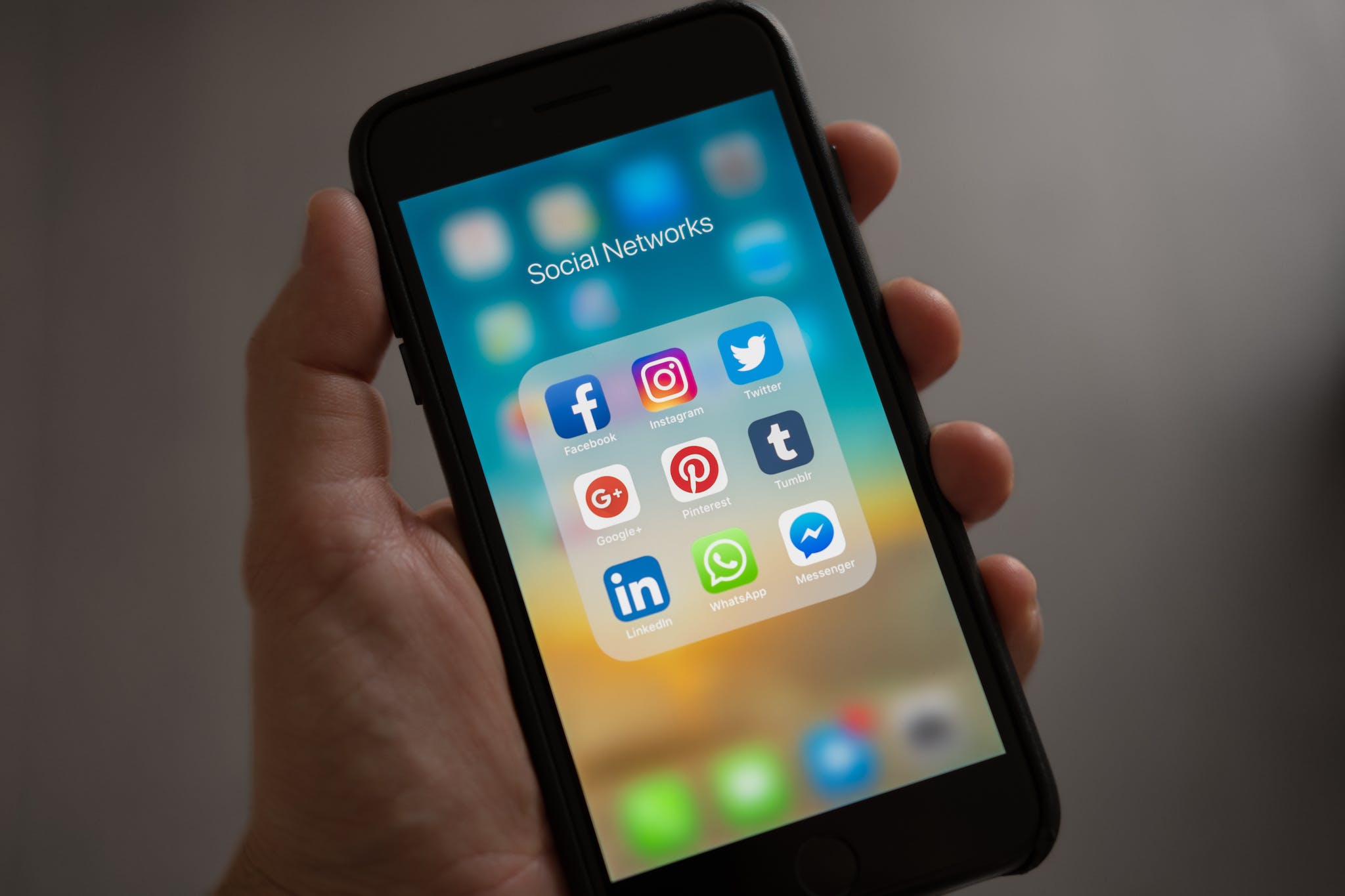Technology offers seniors solutions to aging challenges but also exposes them to cyber risks. Seniors’ internet usage is increasing, yet many miss out on its benefits due to safety concerns. Seniors should be cautious of scams, phishing, and data breaches.
Cyber threats organizations need to watch out for, and some mitigation strategies.
Cybersecurity threats like phishing, ransomware, and supply chain attacks pose significant risks to organizations. Educating employees, implementing strong access controls, and regularly updating software are crucial preventive measures. In addition, encryption, incident response planning, and regular security assessments can enhance overall security. Staying informed and proactive is key in mitigating emerging threats.
What to do when your Accounts have been Hacked!
If you suspect your digital account has been hacked, act quickly to regain control. Common ways accounts are compromised include phishing and data breaches. Signs of hacking include unauthorized posts or messages and notifications from companies. Take action by changing passwords, notifying contacts, updating security software, and seeking help from relevant authorities. Prevent future hacks by using strong, unique passwords, enabling multi-factor authentication, being cautious of phishing messages, and turning on automatic updates.
How to take back control of a social media account
Social media has become essential for communication and business, but the risk of hacking is high. If you suspect an account breach, act quickly, change passwords, and report the incident to the platform. After recovery, review recent activity, inform followers, and fortify security measures. Use unique, strong passwords and enable multi-factor authentication to prevent future attacks.




